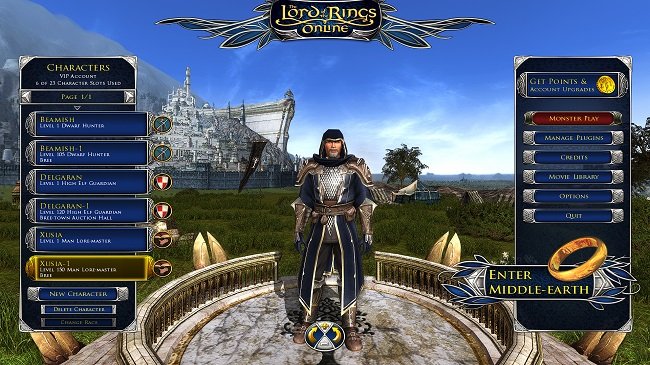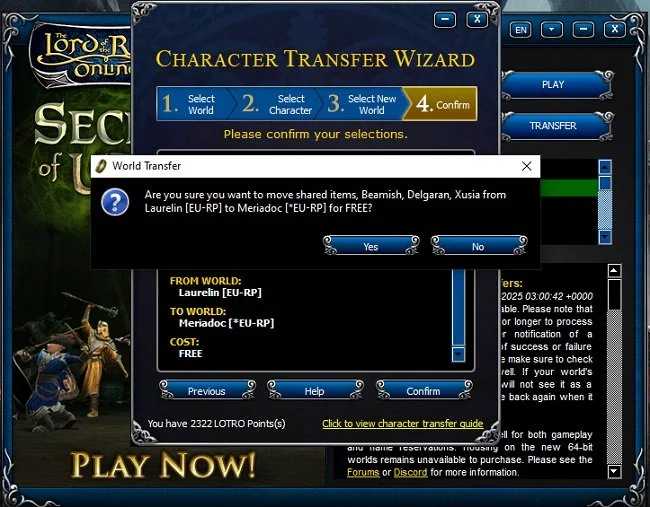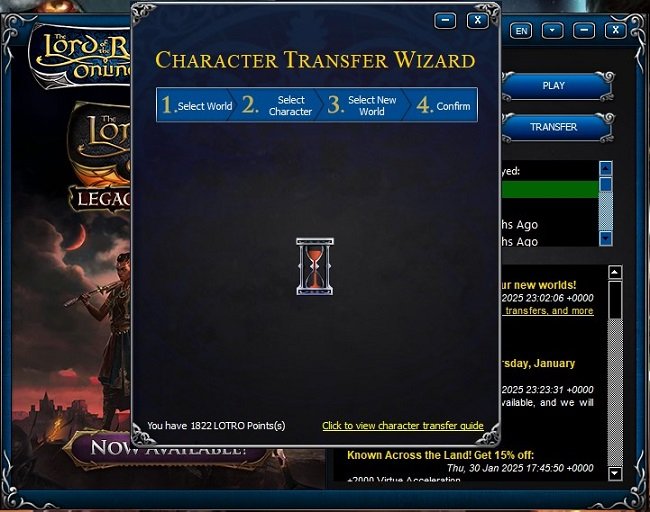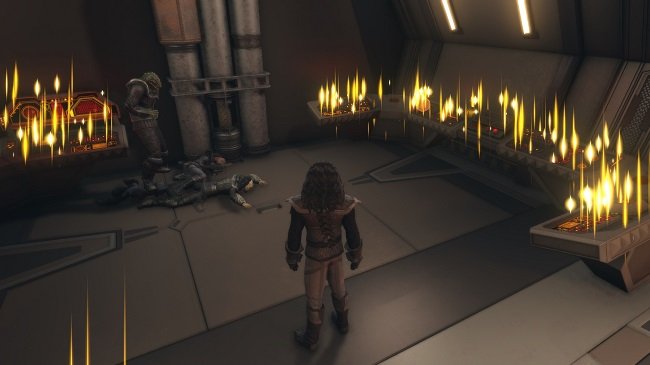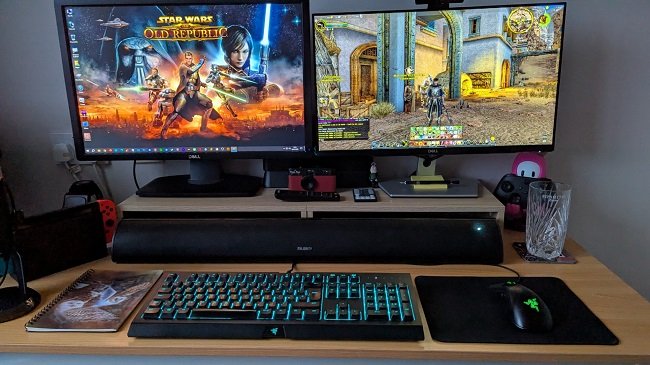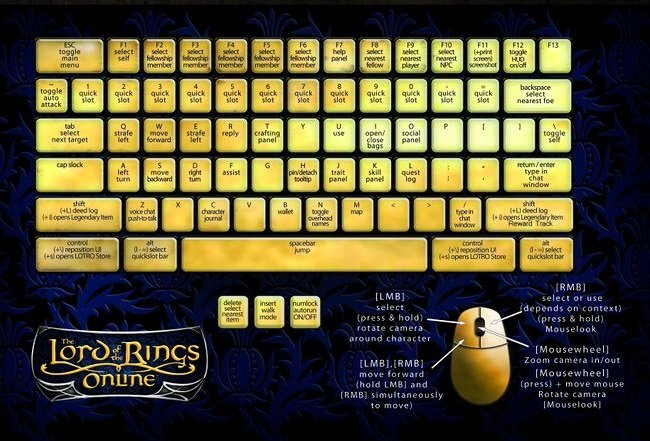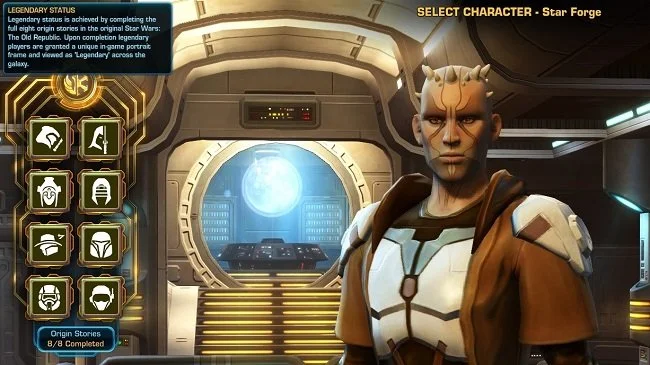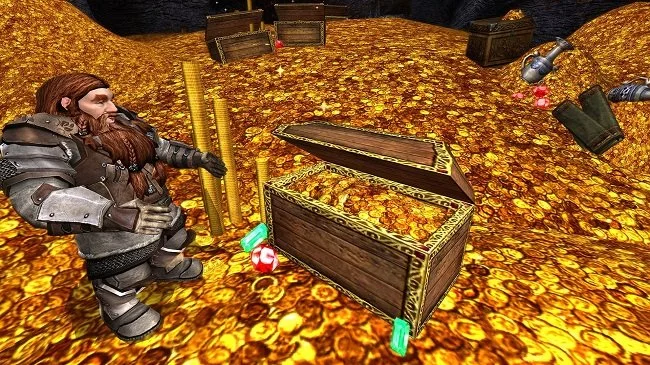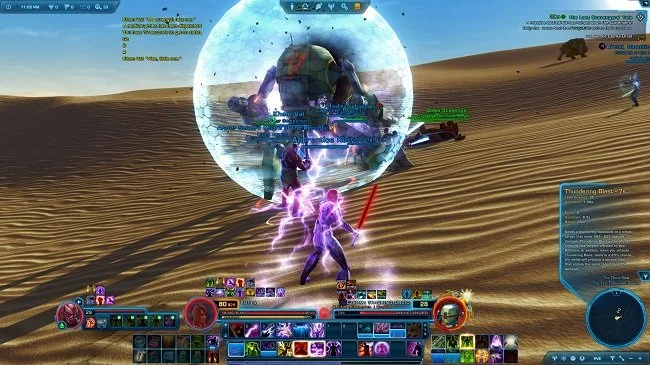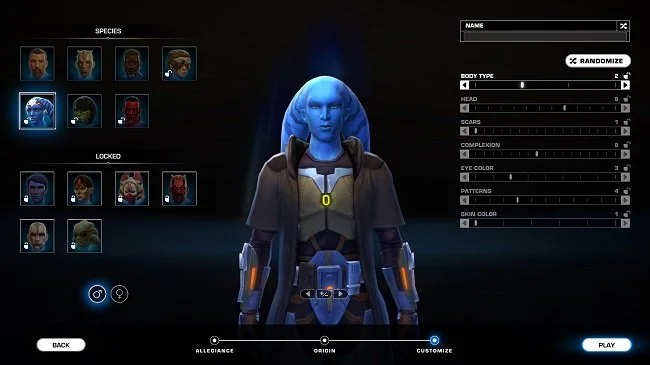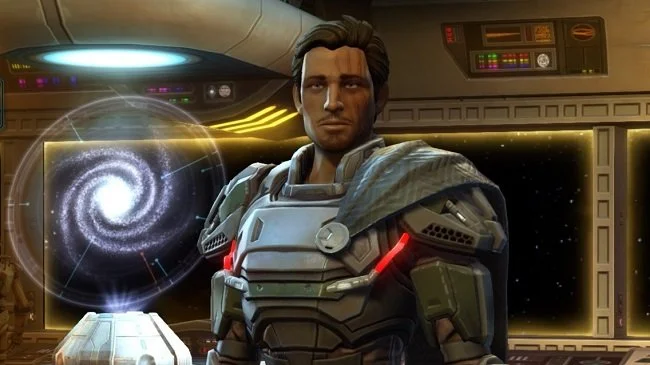Open World Games
The Virtual Bolivia that Ubisoft have created for Tom Clancy’s Ghost Recon Wildlands is truly stunning. This massive open world is approximately 576 square kilometres (222.4 square miles) and features 21 regions and 11 distinct ecosystems. Furthermore, the world is seamless without any loading screens or phasing. You can travel from one end of the map to the other without any immersion breaking transitions. The main story missions and the regional counterparts can be tackled in any order, affording players the freedom to explore and play through content however they want. The game can be played cop-operatively via PUGS or through bespoke custom teams. Tom Clancy’s Ghost Recon Wildlands takes the textbook concept of the “open world” and augments it sufficiently to hang a narrative on. But beyond the overall task of dismantling a sprawling national drugs cartel, the player is given a superbly crafted sandbox and is left to determine their own agenda and play style.
This is the inherent appeal of the open world game. The provision of a functional environment that provides a setting for events, rather than a means of corralling them. One only has to look at popular MMOs such as ESO and LOTRO and you will often find that their lavishly created regions, despite their aesthetic appeal, are primarily designed to funnel the player from quest hub to quest hub. In LOTRO, especially in the more recent zone such as Gondor and Mordor, large swathes of a map are frequently inaccessible due to topographical constraints or the old mechanic of invisible walls. Hence it not unusual to spot and interesting feature on the horizon or even in the near vicinity, only to find that it is inaccessible. The Argonath is a classic example of this. Conversely in an open world game such as Tom Clancy’s Ghost Recon Wildlands, the open world design along with the ability to travel by helicopter and land directly to remote locations ensures that nothing is out of a player’s reach. Exploring becomes an entire meta game in itself.
The first open world game that really altered my perception of gaming was The Elder Scrolls V: Skyrim. Although I had experienced well designed environments before in the MMO genre, phasing and zone mechanics always broke immersion to a degree. Skyrim with its Scandinavian style climate and terrain was a revelation and simply traversing the region with it’s ambient music and changeable climate was and remains a delight. But it was The Witcher 3: Wild Hunt that really show cased the full potential of the open world concept, with a beautifully realised, diverse yet totally credible environment. The player can walk, ride or sail across the green and verdant, war-torn lands of the South or sail between the monster-islands of Skellige in the North. They have total freedom to discover various places of interest, hunt monster, or simply gather resources and enjoy the world. It is this latter idea of being “at large” in a huge, living and thriving ecosystem is perhaps the biggest selling point of the open world concept. But it is also its potential weakness.
Not all gamers like to be presented with a huge expanse of non-linear content and told “off you go”. Some find such a system and environment daunting and confusing. Both of which are perfectly acceptable opinions. The “theme park” approach provides a means of guiding players through content, ensuring that nothing is potentially missed and providing structure. It should be remembered that some see gaming as escapism from the complexities of modern life and therefore do not wish to see it capricious randomness mirrored in their leisure activities. On a technical note, open world games are also extremely resource hungry and to enjoy them to their fullest, you do need a robust gaming PC. It is because of this issue that we do not see the same technology used in the MMO genre. The rich world of Tom Clancy’s Ghost Recon Wildlands can happily support co-operative play between 4 versus 4 players but sustaining a population of 100 is a very different matter. Yet if the rapid change in gaming hardware over the last decade teaches us anything, then there will eventually come a time when MMO genre will be able to fully embrace a fuller, truer version of the open world concept than we have now.

